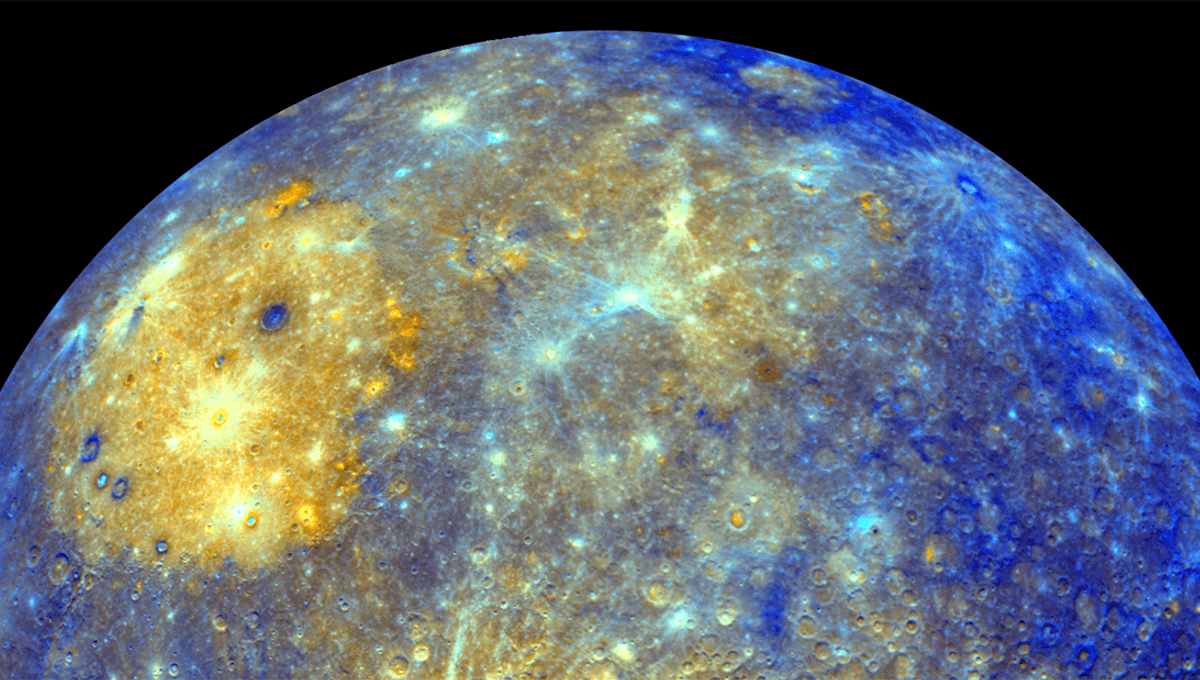
In our hunt for technologically advanced alien civilizations out there in the universe, it is useful to think about what sort of signs of life we ourselves give off, such as radio signals and biosignatures.
It’s perfectly logical to do so, but it’s not altogether ideal. As we’ve seen over the last few hundred years on our own planet, intelligent civilizations can quickly abandon old detectable technology as their understanding of the universe increases. For this reason, it’s also useful to look at what might be possible for ourselves to build in the future. Alien civilizations will have access to the same physics as we do, so if we can imagine projects that are plausible but beyond our current technology, there’s a chance that alien civilizations have beaten us to it.
One such possibility is a “Dyson Sphere” – a megastructure built around a star to harness all or most of its energy. Though a full sphere built around a star would quickly become unstable, Dyson swarms (many smaller structures that do not form a full sphere) are more plausible, and would offer any energy-hungry civilization a healthy supply of the good stuff with which they could power other ridiculous projects of their choosing.
From our perspective it might be a good thing if they do (assuming they aren’t hostile) as these hypothetical structures should give off distinctive signatures which we can observe from Earth (or close enough). Astronomers do look for these signatures, including an excess of infrared heat, and have regularly found candidates worthy of a second look.
But how plausible are these structures? And how far are we from creating them?
The answer is likely quite far away, assuming no new technological explosion or the demise of civilization. But a few have looked into what it would take for humanity to build our own megastructures, and join everyone else on Type II of the Kardashev scale of civilizations. That would be quite some progress, as currently we haven’t reached Type I.
One team from the Future of Humanity Institute at Oxford University proposed how to make a Dyson swarm, which they deemed the most realistic design, free from the impracticalities of full spheres.
“The lightest design would be to have very large lightweight mirrors concentrating solar radiation down on focal points, where it would be transformed into useful work (and possibly beamed across space for use elsewhere),” the team wrote in their 2013 paper. “The focal point would most likely some sort of heat engine, possibly combined with solar cells (to extract work from the low entropy solar radiation)”.
Challenges include coordinating orbits of these structures so that they don’t collide with or eclipse each other. According to the team though, the project is not that far out of reach, and could begin within “decades”. However, such a construction requires a lot of raw materials, and the price for creating one might be deemed too high for humans to stomach. In short, it would require that we sacrifice one of our Solar System’s planets rich in the irons and metals we would require.
“The planets provide the largest source of material for the construction of such a Dyson swarm,” the team continues. “The easiest design would be to use Mercury as the source of material, and to construct the Dyson swarm at approximately the same distance from the sun.”
Dismantling a whole planet does not sound very simple (unless you’re Darth Vader, in which case feel free to skip this paragraph) but the team suggests that it could be feasible using self-replicating Von Neumann probes with the process speeding up as it goes along.
“Disassembling a whole planet would be a slow process, requiring vast amounts of energy (the gravitational binding energy of Mercury is 1.80 × 1030 J). However, the material removed will be made into solar captors which will generate energy, allowing a more efficient removal of matter, thus generating a feedback loop.”
Assuming that we take the process slowly, avoiding heavier investments of energy from our limited pre-Dyson swarm supply, the dismantling of Mercury could take 174 years according to Forbes. So it might be a project for a more long-term-minded civilization than ours (with no qualms about destroying a planet in the process). There are many other practical problems to overcome before we could do this, including making self-replicating probes capable of such a project.
However, such a project could be feasible for a plucky sub-Type I civilization to dramatically up their galactic game. Which once again begs the question: so where is everybody?
Source Link: Humanity Could Make Our Own Dyson Swarm, But It Would Come At A Great Cost